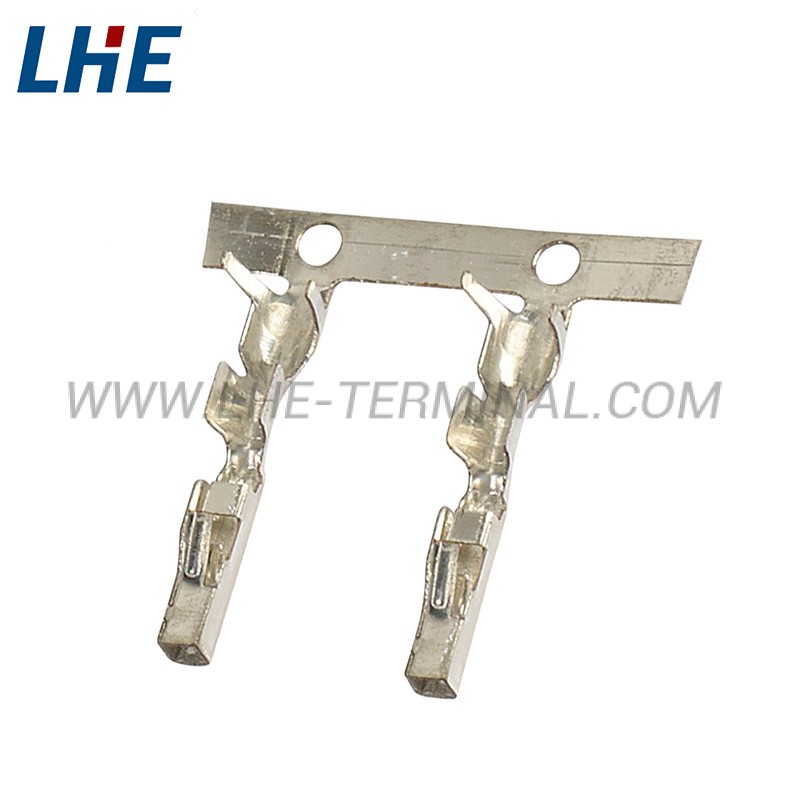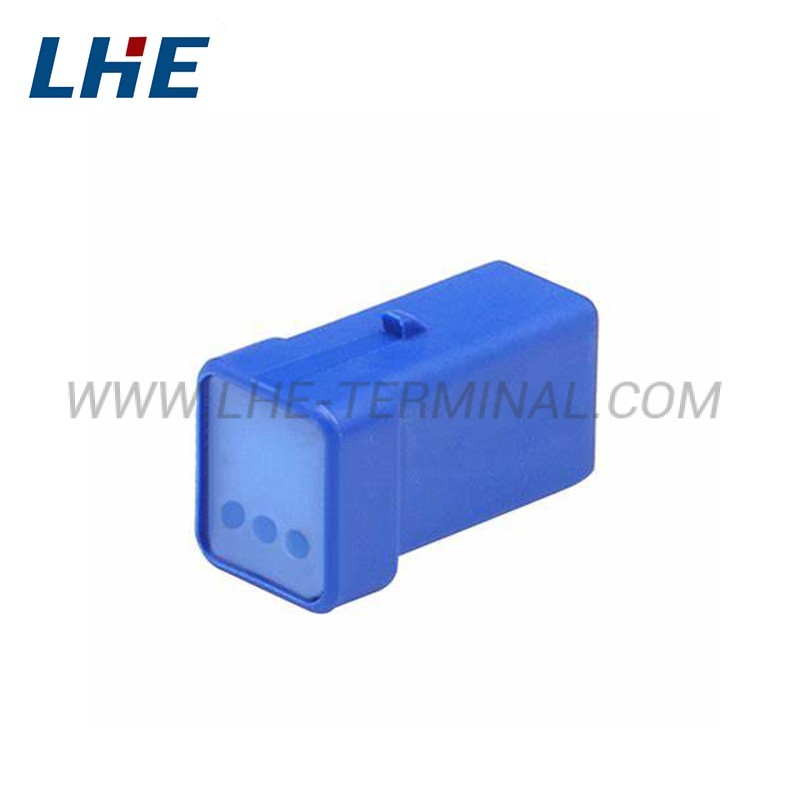The basis for the adjustment comes from the research results of the current harness shielding, that is, with the increase of the length of the wire, or the increase of the intensity of the interference source, or the decrease of the distance between the wires, or the increase of the height of the wire from the ground, the induction current of the wire increases, and the electromagnetic Obvious interference. The effect of the wire diameter on the induced current is frequency dependent. At some frequencies, the EMI benefit increases with the wire diameter increasing, while at other frequencies the opposite is true.
At the same time, in order to reduce the shielding failure of the wiring harness, the layout and design of the wiring harness need to follow the following principles. The interference-prone wiring harness should be arranged as close to the ground as possible. Fast and good grounding can effectively reduce electromagnetic shielding. At the same time, arrange the wiring harness as close as possible to the sheet metal, adjust the direction of the wiring harness to avoid areas with strong coupling, keep away from interference sources, increase the distance between wiring harnesses, use shielding layers to isolate, and adjust the wire diameter according to the transmission frequency. These design principles can also guide the troubleshooting of harness shielding failures.

















